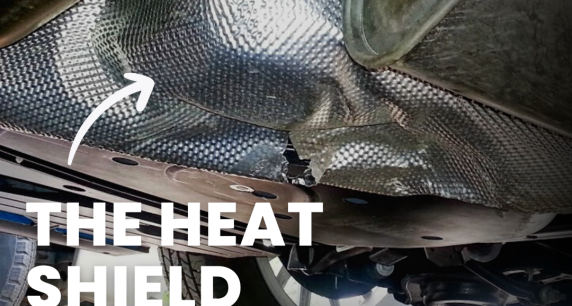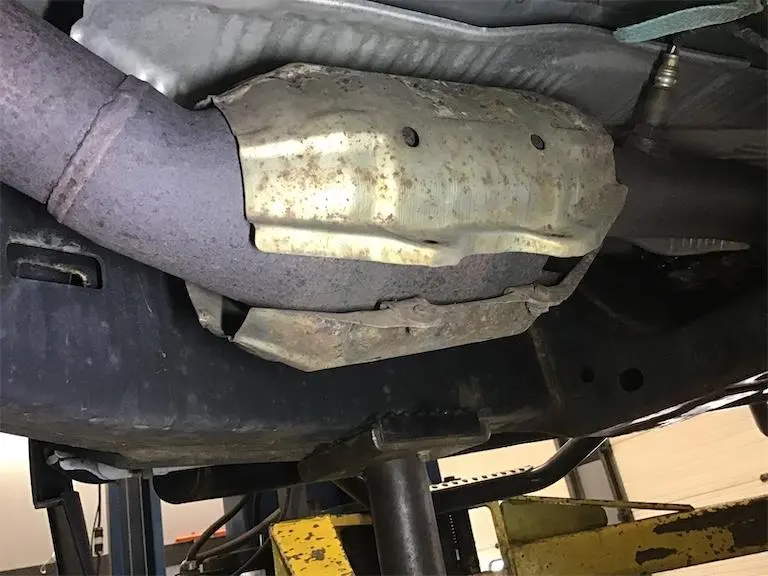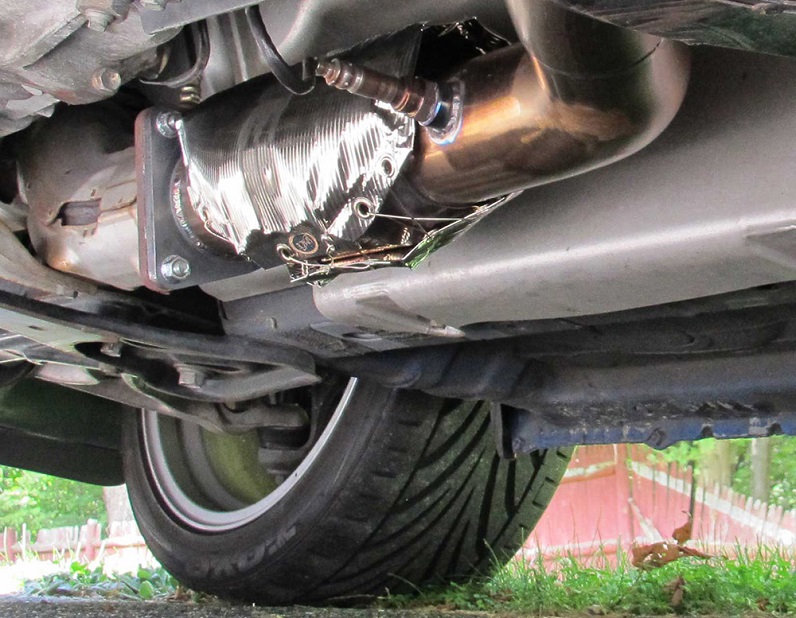Heat Shields: What Are They?

What Are Heat Shields on a Car?
A heat shield in a car is a protective barrier that is placed between the engine and other components of the vehicle. Its purpose is to prevent heat generated by the engine and exhaust system from transferring to other parts of the car, such as the cabin or the fuel tank, which could cause damage or safety hazards. Heat shields are typically made of materials that can withstand high temperatures, such as aluminum or ceramic fibers, and they are designed to be as lightweight and efficient as possible. Without a heat shield, the engine and other components could overheat and cause damage or even failure of the car.
Does a car need a heat shield?
Yes, a heat shield is necessary on a car. It is designed to protect other components of the car from the heat generated by the engine and exhaust system, which can cause damage or create safety hazards if not properly contained.

What’s wrong with your Heat Shield?
If you suspect that your car’s heat shield is failing, here are some signs to watch out for:
- Rattling noises: A common sign of a failing heat shield is a rattling noise coming from the engine compartment or exhaust system. This is often caused by the heat shield becoming loose or damaged, and the vibrations from the engine or exhaust causing it to rattle against other components.
- Excessive heat: If you notice that the cabin of your car is getting excessively hot while driving, it could be a sign that the heat shield is not functioning properly. This can also lead to overheating of other components, which can cause damage to the car.
- Burning smell: If you smell something burning while driving, it could be a sign that the heat shield is failing and allowing excess heat to escape. This can cause damage to other components of the car or create a fire hazard.
If you notice any of these signs, it’s important to have your car inspected by a qualified mechanic as soon as possible. A failing heat shield can lead to costly repairs or even accidents if not addressed promptly.
What is the possibility of driving without a heat shield?
It is not recommended to drive a car without a functioning heat shield for an extended period of time. While it may be possible to drive without a heat shield for a short distance or time, doing so can cause damage to other components of the car and create safety hazards.
Without a heat shield, the engine and other components of the car may overheat, which can lead to costly repairs or even engine failure. Additionally, the heat generated by the engine and exhaust system can cause damage to other parts of the car, such as the fuel lines, brake lines, and wiring.

How long is it expected to last?
The lifespan of a car without a heat shield will depend on a variety of factors, including the make and model of the car, driving conditions, and how well the car is maintained. However, it is generally not recommended to operate a car without a functioning heat shield for any extended period of time, as the potential for damage and safety hazards is significant.
As a conclusion, it’s important to have your heat shield inspected and repaired by a qualified mechanic to prevent any further damage or safety hazards. Regular maintenance, including inspections and replacing worn or damaged parts as needed, can help prevent future problems with the heat shield and ensure the proper function and safety of the vehicle. By taking these steps, you can help prolong the lifespan of your car and ensure that it operates safely and efficiently.



